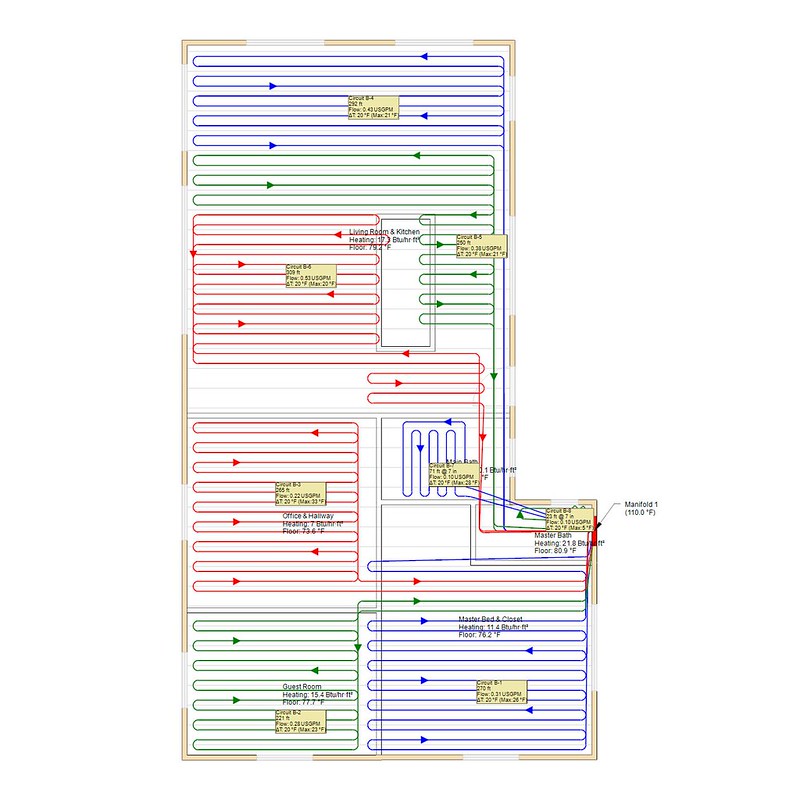

"The real challenge isn't the warning systems, but the behaviour change," according to Public Health England consultant Emer O'Connell.Īnd that's if people actually encounter the risk advisories.

Adding more warnings might not have the intended results. Too frequent warnings, or confusing colour coding, can result in people ignoring advice. "One way to protect against dismissal or inaction is to incorporate these data into electronic health records, and… encourage health providers and support partners to inquire about these data during routine care visits."Īlthough messaging is important, how those messages are delivered matters. "We're really interested in how to use this technology to promote sustained engagement in and response to heat warnings," she explains. Jennifer Runkle, an environmental epidemiologist at the North Carolina Institute for Climate Studies, researches the emerging field of wearable sensors to track body temperature and signs of heat strain. Meanwhile, state-appointed "heat officers" in Florida have called for a naming system for heatwaves, similar to that used to name hurricanes. In Ahmedabad in India, early heat warnings have been sent to people's phones via WhatsApp, as part of a package of measures that have been found to effectively increase awareness of the risks of heatwaves. This can be a lucrative tourism slogan, but risks understating the dangers of heat-related illnesses – something that should be painfully clear in Japan, where over 1,000 people died in a heatwave in 2018.Įarlier and more effective public health warnings can challenge the underestimation of heat risks. For instance, Japanese cities have a custom of competing with each other for the title of "hottest city in Japan". In many places, heat continues to be perceived largely as a blessing, rather than as a threat. The good news is that there is a bevy of simple ways to combat health risks from heat. Depending on the rate of human-induced climate change, that proportion could reach 74% by 2100. Presently, 30% of people worldwide are at risk of potentially deadly heat exposure for over 20 days a year. It's grimly clear that due to human-induced climate change, heatwaves are becoming more frequent and intense – and affecting many more people than those who live on the streets, like Walker. And given her lack of good indoor housing options, "I'm going to stay outside," she says. The heat is oppressive, but Walker is cheerfully thinking about how much worse the climate could feel.

When it gets too hot, she'll sit inside the covered car park, or use the battery-powered fan inside her tent. For the past six months, she's lived out of a tent next to a large shop, surrounded by bags of food, clothes, and many bottles of water. Jennifer Walker spends most of her life on the pavement – which is scorchingly hot in Los Angeles's San Fernando Valley.


 0 kommentar(er)
0 kommentar(er)
